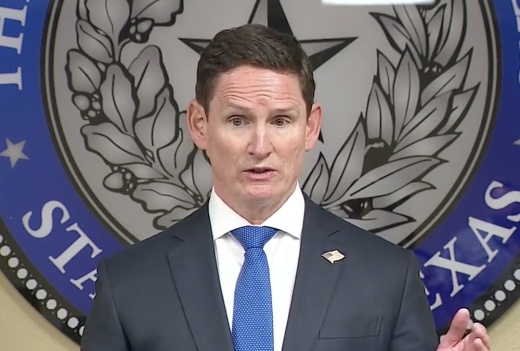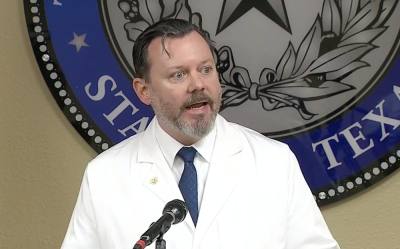During a March 23 news conference about the order, Dallas County Judge Clay Jenkins said he would need to see a “recommendation from the medical community” that it is safe to lift the order.
“The estimate from the medical community is not two weeks, it’s months unfortunately,” Jenkins said. “I hope that turns out to be wrong.”
While Dallas County is currently the only one in North Texas to enact such an order, McKinney Mayor George Fuller said his city, along with all others in Collin County, will be announcing some form of a "shelter in place" requirement March 24.
“I suspect that very soon the rest of this region will likely be doing the same thing that we are doing,” Jenkins said.
Dallas County officials confirmed 24 additional cases of the novel coronavirus on March 23, bringing the total count to 155. The county also confirmed in a March 23 news release the county’s third and fourth deaths from COVID-19. The two men were Dallas residents in their 60s.
“The first job of government is to protect the safety of the people they serve,” Jenkins said. “Nothing else matters if we can’t keep you safe. That’s what we’ve got to focus on. And the job of this community is to come together with love for one another, do the right thing for yourself and your family and everyone else and help us to defeat this invisible enemy.”
Jenkins also addressed questions about exceptions to the shelter-in-place order during the news conference. He explained in addition to those who work at jobs classified as “an essential business,” county residents can care for a family member or pet in another household, engage in outdoor activities as long as they stay six feet away from other people, and can move to another residence either in or outside of Dallas County.
He listed government and emergency services as essential businesses, along with sanitation, utilities, health care facilities, pharmacies, substance abuse service providers, blood banks, mental health providers and anything in the food supply chain, but noted that was not an exhaustive list. Jenkins also classified schools as essential “only for the purpose of facilitating distance learning and performing essential functions” such as feeding people.
Child care, the county judge explained, is only essential for those working at essential businesses.
“If you’re not in an essential business and you’re working from home, and I know it’s hard to do that with small children at your feet, [outside child care is not allowed],” Jenkins said. “What we’re trying to do is limit the groupings of people.”
Dr. Mark Casanova, president of the Dallas County Medical Society, addressed concerns that the shelter-in-place order could be viewed an overreaction on the county’s part. Casanova said during the news conference that every scenario explored for a possible pandemic outbreak in North Texas dating back to 2005 always brought a similar recommendation to shelter in place.
“What we need in this fight is space,” Casanova said. “Treating a viral illness and managing a pandemic, while they seem very similar, are in fact two different things.”
Casanova explained the data being assessed in North Texas is really five to seven days behind the curve.
“The analogy I would use is dominoes are falling behind us, and I’m hearing them over our left shoulder about two dominoes back,” Casanova said. “If we can stay at home and stay safe, we can remove one [or]—God willing—two dominoes and provide us the protection we need to more effectively handle this on a population basis but then also more effectively care for the patients who are becoming critically ill and entering our hospital systems as we speak.”
Casanova also said that without the shelter-in-place order, many hospitals “run the risk of exhausting appropriate protective equipment by mid-April.”
The shelter-in-place order can help change those numbers, he said.
“We hope that others will look at this and look at those that are two steps ahead of us and understand that if we can just remove those dominoes, we stand a chance to really make a meaningful impact,” Casanova said. “There is hope, and there is room for positivity here.”
Dr. Philip Huang, director of Dallas County Health and Human Services, also showed a chart with the projected spread of the virus to 40% of the population twithout the shelter in place order. That chart showed such a spread could lead to a shortage of thousands of hospital beds in Dallas County. A shelter in place order, meanwhile, would give the current facilities the ability to handle the number of patients needing to be hospitalized.






